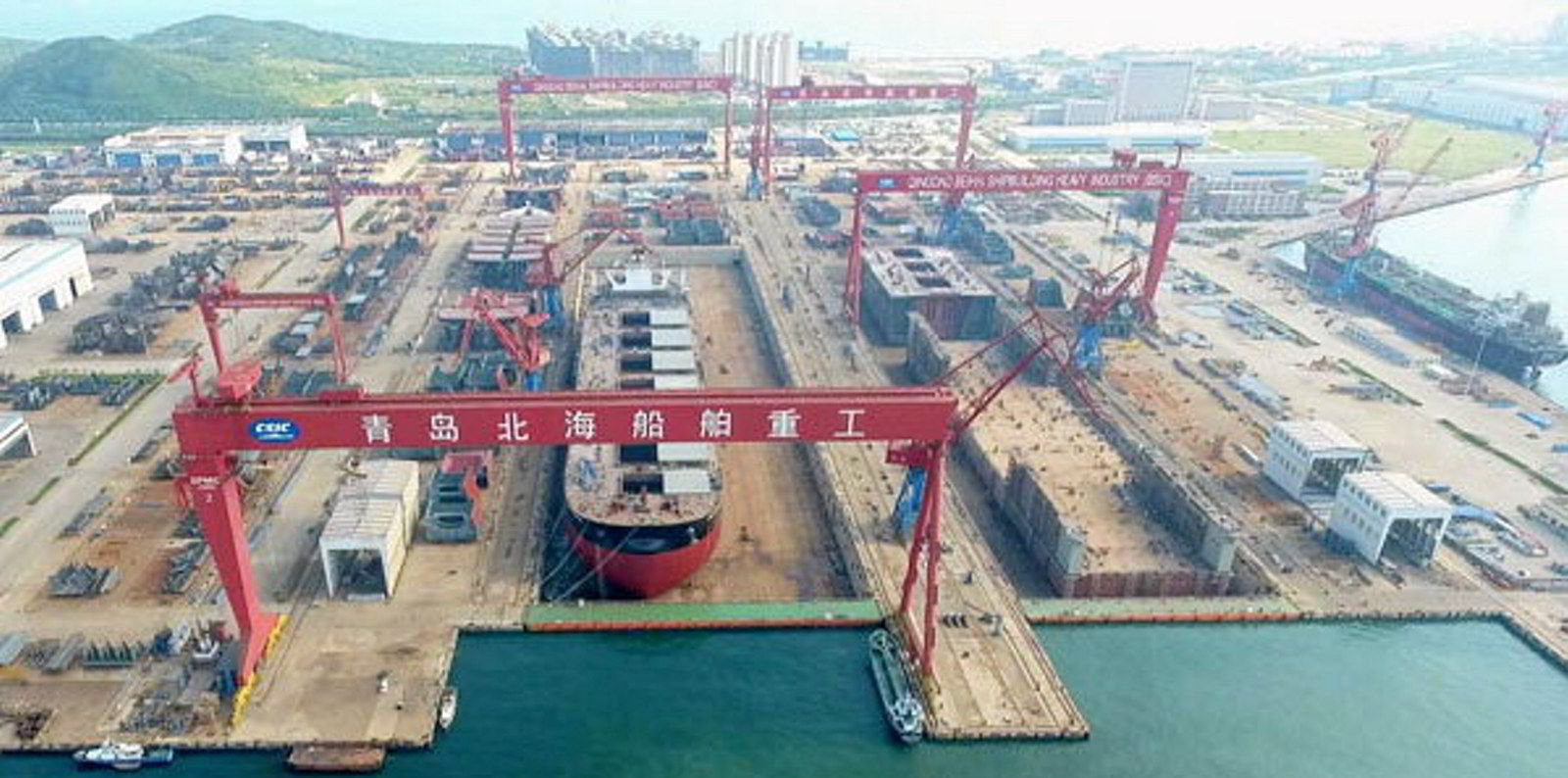China’s Beihai Shipbuilding has retained its position as the shipyard with the largest dry bulk order backlog by deadweight in 2021.
The state-owned shipyard had a total of 6.2m dwt on order consisting of 28 capesizes, according to data compiled by Clarksons.
The yard had 19 capesizes of 4.4m dwt on its orderbook at the end of 2020.
Beihai Shipbuilding is building capesize bulkers for the likes of Bocimar, U-Ming Marine, Chinese Maritime Transport and two Chinese leasing companies.
New Times Shipbuilding has the world’s second largest bulk carrier orderbook made up of 27 capesizes of 5.3m dwt.
The Jiangsu-based shipbuilder raced up the league table last year having started the year with just nine capesizes of 2.2m dwt, which put it in sixth place at the start of 2021.
Rounding out the top three bulker yards is Japan’s Oshima Shipbuilding, which has an orderbook of 73 ships of 4.6m dwt against 60 vessels of 4m dwt at the start of 2021.
Its orderbook is spread across various ship types with heavy exposure to the panamax, handymax and handysize segments. It has four capesizes on order.
Shanghai Waigaoqiao has fallen from second place to fifth after its orderbook shrank from 20 ships of 4m dwt in January 2021 to 18 vessels of 3.6m dwt at the start of 2022.
Chinese yards occupy seven of the top 10 places with Chinese yards in total responsible for 65% of the bulker order backlog, according to Clarksons.
Japanese shipyards account for a further 30% while yards in the Philippines and South Korea account for just 4% and 1% respectively.
“The bulker fleet growth outlook appears historically moderate, with the orderbook standing at just 7% of fleet capacity at start-2022 even after a 62% increase in contracting last year,” said Clarksons.
“Deliveries are initially projected to slip to 27.5m dwt in 2022 and 23.4m dwt in 2023, while demolition could increase somewhat with initial projections are for 8m dwt in 2022 and 22m dwt in 2023 as market conditions potentially ease back from recent highs.”





